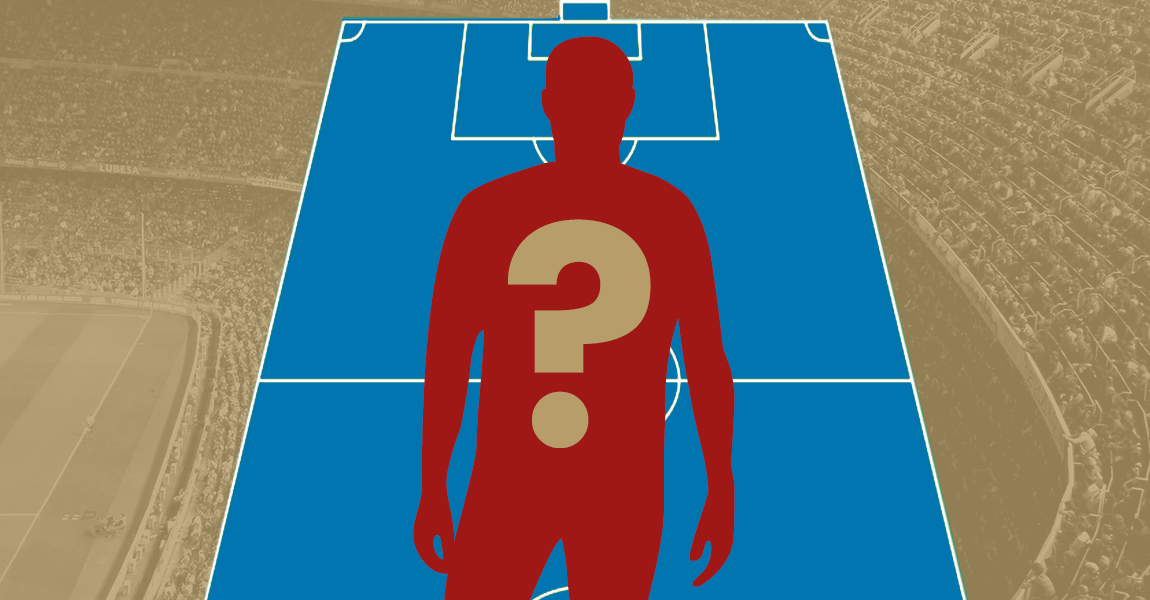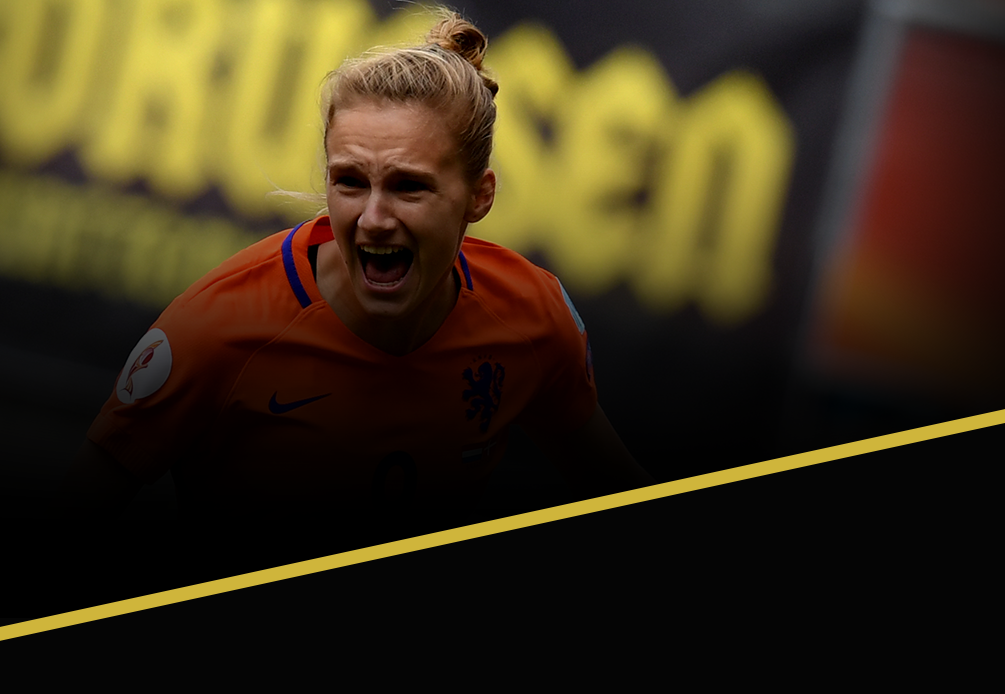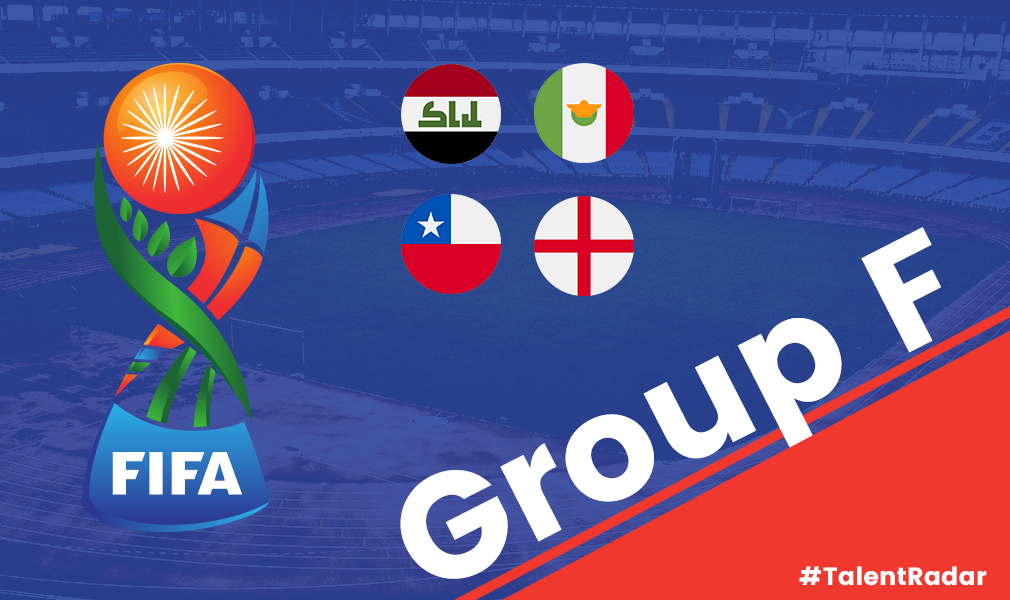Coming into the tournament, this was a clash that a lot of people didn’t expect to see. Netherlands weren’t really looked at as favourites in the way they are now, with many people doubting their ability to get out of the group. The same doubts were cast over Mexico, with people looking at Croatia as a team that could cause an upset or two. However, both these teams really overwhelmed all expectations in the group phase. Mexico earned a creditable draw against Brazil, while easing past their equals, Croatia. Netherlands stunned the world with their win over Spain and won all their group games to set up this clash.
Formation & Line-Ups
Netherlands (3-5-2): Cillessen; De Vrij; Vlaar; Blind; Verhaegh (Depay 56′); Wijnaldum; De Jong (Martins Indi 9′); Kuyt; Sneijder; Robben; van Persie (Huntelaar 76′).
Mexico (5-3-2): Ochoa; Aguilar; Rodriguez; Marquez; Moreno (Reyes 45′); Layun; Herrera; Salcido; Guardado; Peralta (Hernandez 75′); Santos (Aquino 61′).
Goals: Dos Santos 48′, Sneijder 88′, Huntelaar 90+’

Made using Tactical Pad
ANALYSIS
Sneijder dropping deep to create play
Coming into this World Cup, Netherlands, and their traditions dictated that the Oranje play quick, technical, possession based, attacking football. But after an injury to Strootman made it very difficult for Louis van Gaal to ply his preferred 4-3-3 system, the coach opted to change his approach, and in conjunction with some of the senior players, led a shift to a 5-3-2 formation. The Netherlands we saw in the group stages was one that got the goals and were great fun, yes, but their methods were completely different. At the end of the group stages, Netherlands were the team that had committed the most number of fouls, and had played a lot of long balls as well. This approach was magical, and yielded some great results, so many expected them to carry on in the same vein.
RELATED ARTICLES
However, things were different against Mexico. Teams like Spain were willing to take the ball and attack the Dutch, but the Mexicans were happy to let Netherlands have the initiative. This meant that the Dutch had to do something different in order to create scoring chances as the Mexicans were quite happy to sit back. This is why the one player who was capable of serving the team as a playmaker was employed in just such a capacity. Wesley Sneijder, who generally plays just off the front two, was the player who was dropping deep in order to collect the ball, and set up play. This was important as Netherlands needed to break down the opposition which was very careful about not leaving any space behind it for the counter to be effective.

Sneijder’s received passes |
via fourfourtwo.com
As you can see from the image above, Sneijder wasn’t sticking to his nominal position behind the 2 forwards. He kept drifting wide, especially to the left where he picked up a lot of passes and tried to dictate the play. He tried to find the runners from deeper positions with his passes, and played a few good ones with Dirk Kuyt in particular. Rather than having the man on the ball play the long ball, there was a conscious effort to find Sneijder, and have him play an accurate and incisive pass. The Galatasaray man played 7 long passes, and all found their targets.
Defenders playing out from the back
Both Mexico and Netherlands play with 3-5-2 formation, in the sense that the basic formation that both teams employ tends toward a 3-5-2. In this particular knock out round match, both teams had very similar formations, and therefore cancelled each other out a bit. The midfield battle was a tough one, with no one side able to create a man advantage or really dominate. Netherlands had the possession, but it was mostly the sterile variety, with Mexico creating what little running there was.
In such a situation, the spare man for both sides was at the back. For each team, the back saw 3 defenders against 2, and on many occasions, 1 striker. This meant that the onus was on one of the back 3 to break out from the line with the ball, and try to create the advantage in midfield. We saw Rafa Marquez, and later Reyes trying this for Mexico, whereas it was mostly Bruno Martins Indi for the Dutch. The ploy might have worked, but neither of the two were really effective enough to severely affect the opposition’s defence. Both moved forward and carried the ball with them, but neither could really play in team mates in dangerous areas, or really cause danger.

Bruno Martins Indi pushing forward as the ball player to make a difference |
via squawka.com
Reliance on individual skill
Another outcome of the fact that both the systems were so evenly matched was that the game essentially descended into a series of individual battles. Generally, when 2 teams are employing different systems, there are parts of the pitch that can be exploited, but this wasn’t on show during this intense battle. Add to the fact that the Dutch were also favouring a man to man system of defending, we got to see a match that was decided by the brilliance of individuals.
Herrera for example, gave Verhaegh a very hard time on the Mexican left wing. He completed 4 dribbles, and was generally a good outlet for the Mexicans. Verhaegh, who was preferred due to his abilities on the ball, couldn’t really cope with Herrera.
Netherlands too, enjoyed some dominance in such situations. One of the players of the tournament so far, Arjen Robben, was running riot for them, and got more and more active as the game wore on. In the end, it was another mazy run from the Dutchman that won them the crucial penalty kick.
The game was essentially all about the individual brilliance of players. The Mexican goal came from a terrific strike, and so did Sneijder’s goal. Everytime Mexico threatened, it came after a a few good individual moments from one of their players. The game was eventually settled after a fine individual run from Robben won a penalty.
Key Player of the Match
The most important player in this match would have to be Arjen Robben. The Dutchman didn’t score or assist, but was by far the best player on show. His pace, power, and dribbling were at the highest level, and he kept the opposition defence on its toes throughout the game. In the end, he won the penalty, and settled scores in favour of the Dutch.
Where does this leave them?
Netherlands managed to scrape through after a remarkable turnaround, but their performances will need to be a little more convincing if they are to beat Costa Rica, and possibly Brazil or Colombia after. Despite the performance though, they have the result, and that will please them more than anything. They have made it to this stage by surpassing many expectations, and now will be hoping for another final appearance.
Mexico tried hard, but this seems to be their level at the international stage. One might call the Robben penalty a dive and consider them unlucky, but it’s hard to see Mexico ahead of this Netherlands side, and their performances. Despite that, it was a very good showing from the Mexicans at this World Cup, and their fans have every right to be pleased with them.
- Analysis: Are Chelsea’s pressing issues a concern? - October 5, 2020
- Has Financial Fair Play Been Worth It? - August 27, 2020
- Tactical Philosophy: Frank Lampard - May 20, 2020
























































